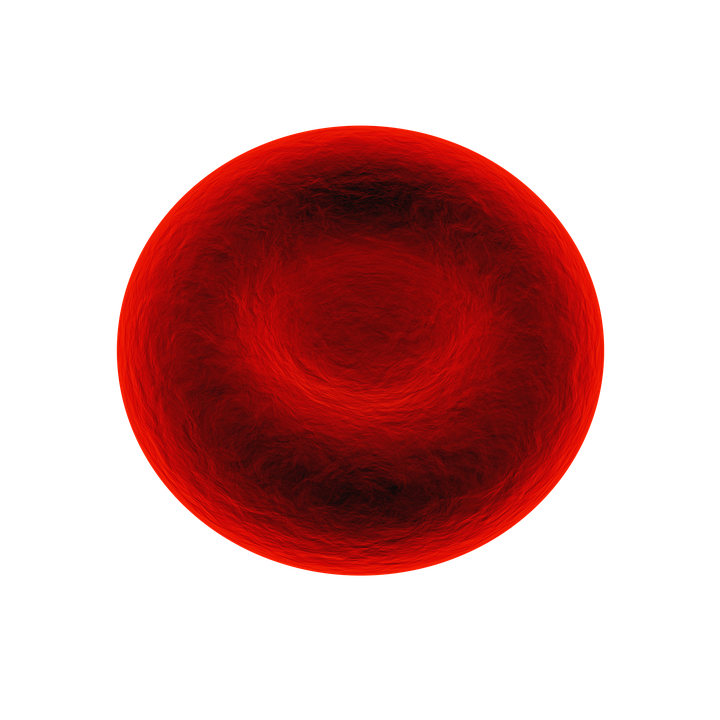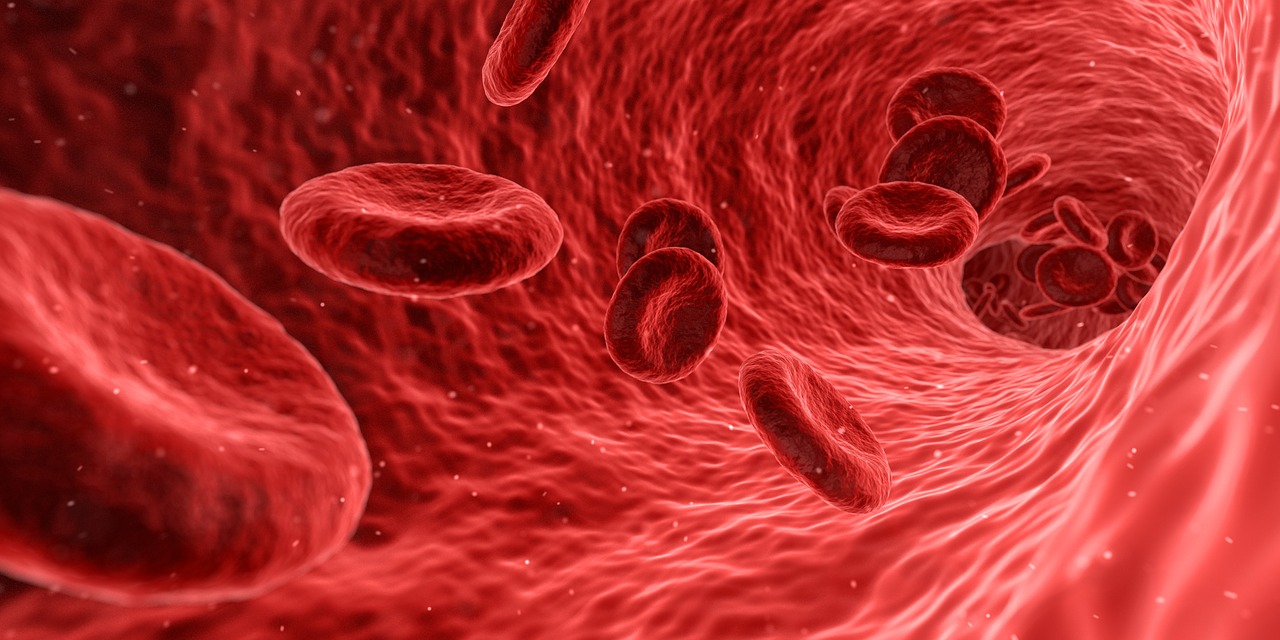Live Blood Cell Analysis
Your cells don't lie.What is Live Blood Analysis?
Live Blood Analysis, also known as live cell microscopy, is a practice where we examine a small drop of your blood under a high-powered microscope that is connected to a screen. Examining the blood on a screen, we look at your red and white blood cells, plasma, and other details to determine the health of your blood and your body overall.
Using Live Blood Analysis, we can show you what we are viewing on the screen and what aspects are of concern. Together, we can look at changes to your diet and lifestyle that will work to increase your energy levels and health, while preventing future health issues.


The difference between traditional blood testing and Live Blood Analysis
With traditional medical blood testing, preserved blood samples are sent to a laboratory where it is analysed for cell counts and chemical composition. With Live Blood Analysis, we are viewing your blood within 20 minutes, while the cells are still alive. This means that we can not only see how many white blood cells you have, but how they are functioning too! This gives us a clearer picture of how your blood is behaving within your body and what changes can be made to improve its function.
The benefits of Live Blood Analysis
An experienced and well-trained practitioner can use Live Blood Analysis to observe the shape and movement of your red blood cells, revealing key nutrition markers such as your levels of iron, protein, vitamins, folic and fatty acids. Your body’s digestive health may also be reflected in your blood analysis, as well as the function of your organs and immune system.
Using Live Blood Analysis to gauge your current health status and progress over time, you can stay motivated to make changes to your diet and lifestyle that benefit your health and well-being for the long-term.
What a Live Blood Analysis can detect:
• Dehydration (low energy, poor concentration)
• Acidity and dysregulation (which can lead to poor health)
• Lack of enzyme factor (not digesting leading to excess weight, allergies, poor nutrition)
• Poor fat intake or digestion
• Poor red blood cell formation (lack of oxygen & energy)
• Liver stress or congestion
• Bowel toxicity
• Thyroid imbalance (the thyroid regulates metabolism)
• Hormonal Imbalance (mood swings, headaches, PMS)
• Heavy metals, chemical load
• Plaque, platelet aggregation (poor blood flow)
• Bacterial infection (rashes, lack of energy)
• Fermentation (from too many carbohydrates or sugars)
• Poor motility of white blood cells (Important for immune system)
• Basophils (a sign of allergic response)

Where does Live Blood Analysis come from?
The practice of Live Blood Analysis isn’t new. Scientists have been observing live blood samples since the microscope was invented. In the 20th century, the dark-field microscopy was discovered and it became possible to view live blood samples without the use of stains or other additives. This method of analysis produces images with a dark background, allowing us to clearly see the blood cells.
Using dark-field microscopy,
